An oscilloscope is a device that can measure the amplitude and frequency of a signal. It is one of the most important tools for any ham radio operator.
Oscilloscopes are used by radio amateurs, engineers, and other radio professionals to view the waveforms of signals. They are also used in education as an educational tool.
Many different types of oscilloscopes are used for ham radio. There are some that are more expensive than others, and there are some that have more features than others. The following article will provide a list of the top oscilloscopes for amateur radio enthusiasts.
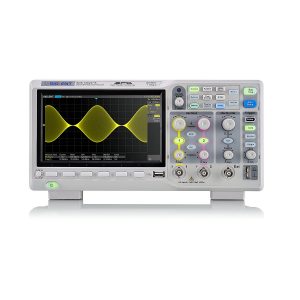 | 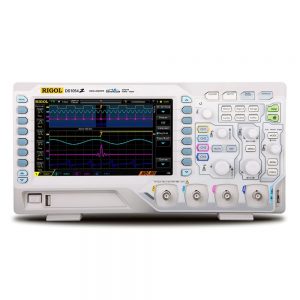 | 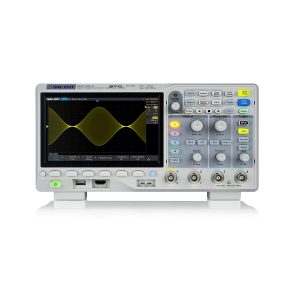 |
| Siglent Technologies SDS1202X-E | Rigol DS1054Z | Siglent Technologies SDS1104X-E |
|
|
|
Siglent Technologies SDS1202X-E – The Editor’s Choice
 The Siglent SDS1202X-E is a high-speed, 4-channel digital storage oscilloscope with an intuitive, easy-to-use interface. It features wide bandwidth, a high sample rate, and a large storage capacity.
The Siglent SDS1202X-E is a high-speed, 4-channel digital storage oscilloscope with an intuitive, easy-to-use interface. It features wide bandwidth, a high sample rate, and a large storage capacity.
This oscilloscope is an excellent choice for various applications such as ham radio and communications electronics. It also features a USB flash drive and WiFi remote control, which is perfect for any engineer at any level of experience.
The Siglent SDS1202X-E is designed for engineers and technicians who need to measure signal voltages from microseconds up to 10 seconds. The Siglent SDS1202X-E digital oscilloscope can display frequency from DC (direct current) up to 200 MHz with an accuracy of ±2%.
Rigol DS1054Z – The Best for Beginners
 The Rigol DS1054Z is the world’s most advanced digital oscilloscope. It features 100 MHz bandwidth, 16 analog channels, and 4 digital channels. The Rigol DS1054Z analog and digital mixed signal oscilloscope is a powerful instrument at an affordable price. It is the ultimate tool for your electronic lab needs, giving you up to 60,000 frames in one second of waveform capturing and playback.
The Rigol DS1054Z is the world’s most advanced digital oscilloscope. It features 100 MHz bandwidth, 16 analog channels, and 4 digital channels. The Rigol DS1054Z analog and digital mixed signal oscilloscope is a powerful instrument at an affordable price. It is the ultimate tool for your electronic lab needs, giving you up to 60,000 frames in one second of waveform capturing and playback.
The Rigol DS1054Z oscilloscope is also extremely easy to use, which makes it perfect for beginners as well as experts in the field.
Siglent Technologies SDS1104X-E – The Best Features for Price
 This advanced 4-channel digital oscilloscope is used to perform logic and data bus analysis and frequency response analysis of analog signals. With a bandwidth of 200 MHz, the Siglent SDS1104X-E has a sampling rate of 1 GSa/s and an FFT size of 1Mpts.
This advanced 4-channel digital oscilloscope is used to perform logic and data bus analysis and frequency response analysis of analog signals. With a bandwidth of 200 MHz, the Siglent SDS1104X-E has a sampling rate of 1 GSa/s and an FFT size of 1Mpts.
It also comes with many features that make it perfect for various applications such as test and measurement, electronic and ham radio tests, power distribution and connecting, wiring diagrams, and schematics. In addition, a wide variety of electrical fixtures like capacitors, resistors, and inductors are available for use in circuit analysis.
Rigol DS1202Z-E Digital Oscilloscope
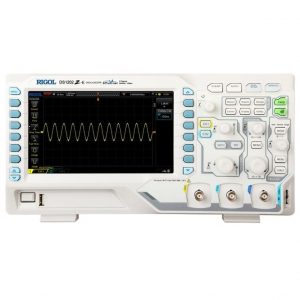 The Rigol DS1202Z-E is a two-channel digital oscilloscope that can be used for various purposes, including ham radio. The deep memory depth of the Rigol DS1202Z-E is up to 24 Mpts, and it has a higher waveform capture rate of up to 30,000 wfms/s. The real-time waveform recording and playback make it easier to see the details in the data.
The Rigol DS1202Z-E is a two-channel digital oscilloscope that can be used for various purposes, including ham radio. The deep memory depth of the Rigol DS1202Z-E is up to 24 Mpts, and it has a higher waveform capture rate of up to 30,000 wfms/s. The real-time waveform recording and playback make it easier to see the details in the data.
This oscilloscope has a wide range of features that make it very versatile for many different types of applications. For example, two channels allow you to view signals from different sources simultaneously and trigger them independently or synchronize them together. This also means you can measure how signals from one source affect another signal.
Hantek DSO2D10 Digital Oscilloscope
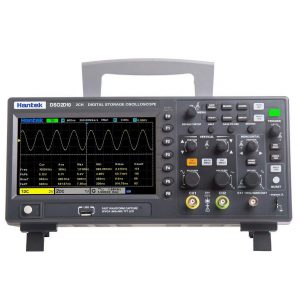 Hantek DSO2D10 digital oscilloscope is a powerful tool for engineers and technicians to measure and analyze signals. The 8M memory depth and built-in arbitrary waveform generator make it possible to capture any signal on the go, while the 14 kinds of trigger modes and kinds of serial protocol decodes provide a variety of measurement methods.
Hantek DSO2D10 digital oscilloscope is a powerful tool for engineers and technicians to measure and analyze signals. The 8M memory depth and built-in arbitrary waveform generator make it possible to capture any signal on the go, while the 14 kinds of trigger modes and kinds of serial protocol decodes provide a variety of measurement methods.
Hantek DSO2D10 digital oscilloscope is a great investment for those who are looking for a versatile tool that can be used in many different fields.
Buyer’s Guide
A good oscilloscope is essential for any ham radio enthusiast. It helps to detect various types of signals, measure their frequency and amplitude, and display them on the screen.
Choosing the best oscilloscope for a ham radio can be difficult because it depends on what you need it for. To help you find the one that suits your needs best.
What Are the Features and Specifications When Buying an Oscilloscope for Radio Applications?
When buying an oscilloscope, the first thing to consider is the number of channels. The more channels you have, the more complex the circuit can be. For example, a two-channel scope cannot measure a differential signal or filter noise from an amplifier circuit.
The next thing to consider is the advanced available features. Some scopes offer high-end features such as FFT analysis, math functions, and automated measurements.
The bandwidth of an oscilloscope is the highest frequency it can measure. High bandwidth will give you a more detailed view of what’s happening at higher frequencies.
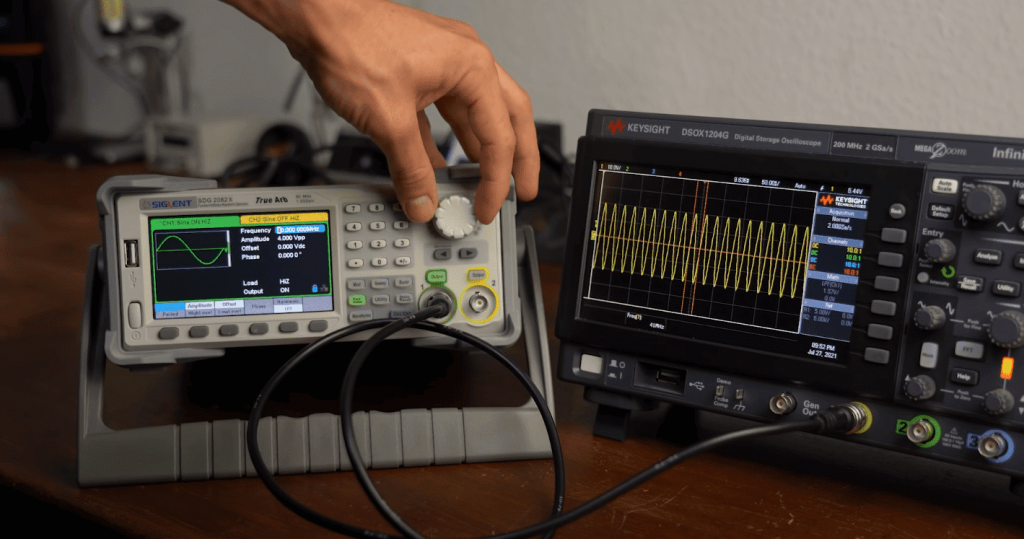
There are two types of bandwidths: a fixed-bandwidth oscilloscope and a variable-bandwidth oscilloscope. Fixed-bandwidth oscilloscopes have a fixed range of frequencies that can be measured, while variable-bandwidth oscilloscopes allow you to change their frequency range by changing settings on the device.
Memory depth is another important specification when buying an oscilloscope for radio applications. The more memory depth, the longer it will take to refresh the screen.
The sample rate is also important when buying an oscilloscope for radio applications because it tells you how often the signal will be captured and displayed on the screen.
Digital vs. Analog Oscilloscope: Which is Better for Ham Radio?
They both have their pros and cons for ham radio, but they are really different instruments. Analog oscilloscope has greater bandwidth and can measure signals with a lower frequency than digital oscilloscopes, but it has a lag time. Digital oscilloscopes provide a faster response time, among other benefits.
Why Does an Amateur Radio Operator Need an Oscilloscope?
An oscilloscope is a device that displays a graph of voltage over time. It can be used to view the amplitude, frequency, and phase of an electrical signal.
An oscilloscope is an essential tool for amateur radio operators. It helps them know if they are transmitting on the right frequency and whether they are in contact with someone else’s transmission.
Rigol vs. Siglent Oscilloscopes: Which is Better for Ham Radio?
Both of these oscilloscope brands are a good choice if you want to get started with digital storage oscilloscopes. They are both affordable and have features that make them easy to use.
The Rigol DS1054Z and the Siglent SDS1202X-E are two of the most popular oscilloscopes for ham radio enthusiasts. They have a few key differences, but both offer a high-quality experience and can be used by hobbyists and professionals alike to measure signals.
FAQ
How do you use an oscilloscope on ham radio?
This is a question that many people may have in their minds. Knowing the answer to this question is crucial as it can be used for various purposes. This answer will give you the answer to this question and also explain how an oscilloscope can be used for a ham radio.
The first step is to connect the oscilloscope probe to the correct port on your ham radio. You will need to do this with an alligator clip, as it cannot be done with bare hands. The probe should be connected between the ground and the signal.
You will then need to tune into a specific frequency and adjust the settings on your oscilloscope until you can see a waveform, which may take some time, depending on how strong the signal is.
When you have found a waveform, it is important that you set your computer’s sound card input volume so that it matches the amplitude of what is being played on the ham radio.
What frequency of oscilloscope do I need?
When it comes to oscilloscopes, there are different frequencies that you can choose from. The more expensive oscilloscope you buy, the more options you will have with the frequency.
Is a 50 MHz oscilloscope good for ham radio?
It is good for both beginners and advanced ham radio enthusiasts. The 50 MHz oscilloscope is a popular choice for people who want to get into the hobby. It is also a good option for those already experienced with ham radio as it has some features not available on other models.
Is a 100 MHz oscilloscope good for ham radio?
The answer is yes. A 100 MHz oscilloscope is good for ham radio because it has the capability to capture a wide range of frequencies. This will allow the user to see the radio waves that are being transmitted and received.
A 100 MHz oscilloscope has a wide frequency range, which means it can be used for many different types of applications.
Do you need to calibrate an oscilloscope before using it on ham radio?
There are two main reasons why you would need to calibrate an oscilloscope before using it on ham radio. The first is that the frequency range of the oscilloscope may not match the frequency range of the ham radio. The second is that the oscilloscope may have a different amplitude response than the typical ham radio.
The calibration process is not complicated and can be done in just a few minutes. You will need to find some known frequencies and adjust the controls on your oscilloscope until you see them on your display. You can then save these settings as default so that you don’t have to do this each time you want to use your oscilloscope for ham radio purposes.
Is an oscilloscope a good gift for ham radio operator?
An oscilloscope can be a good gift for a ham radio operator, as it can help them to visualize the signals they are receiving and transmitting. However, it is important to make sure that the oscilloscope is appropriate for the person’s level of experience, as some models can be quite complex.
Related Video: Oscilloscopes For Ham Radio Podcast
Conclusion
This article has discussed some of the best oscilloscopes for ham radio that are available on the market today and their features. It has also discussed what type of oscilloscope is best suited to your needs depending on your requirements.


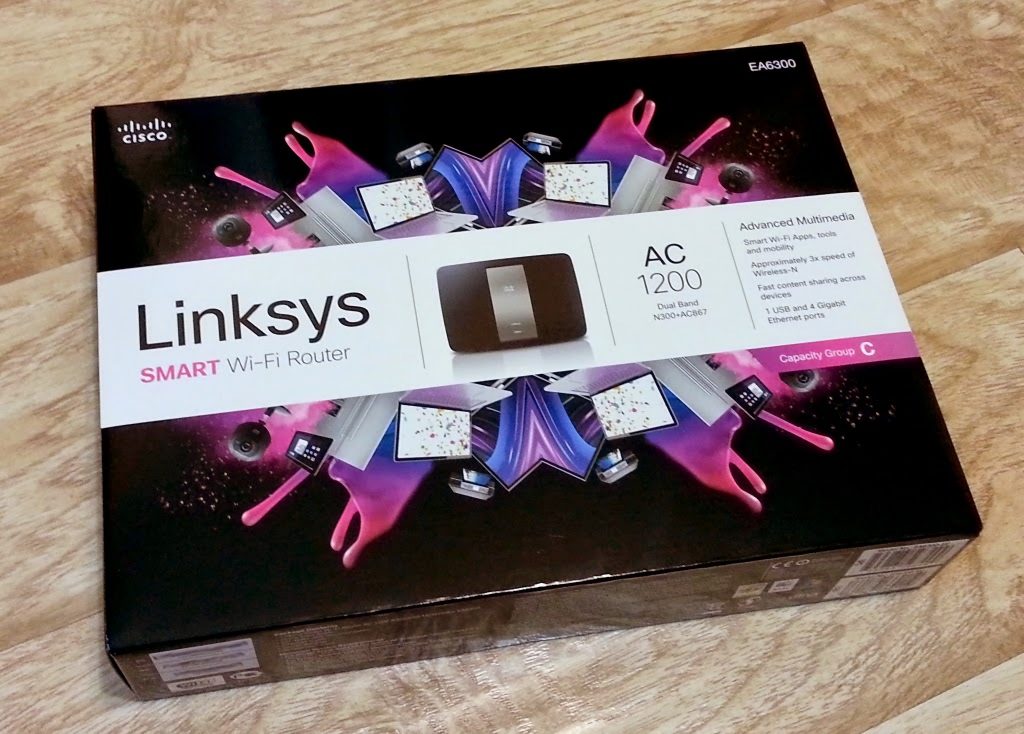
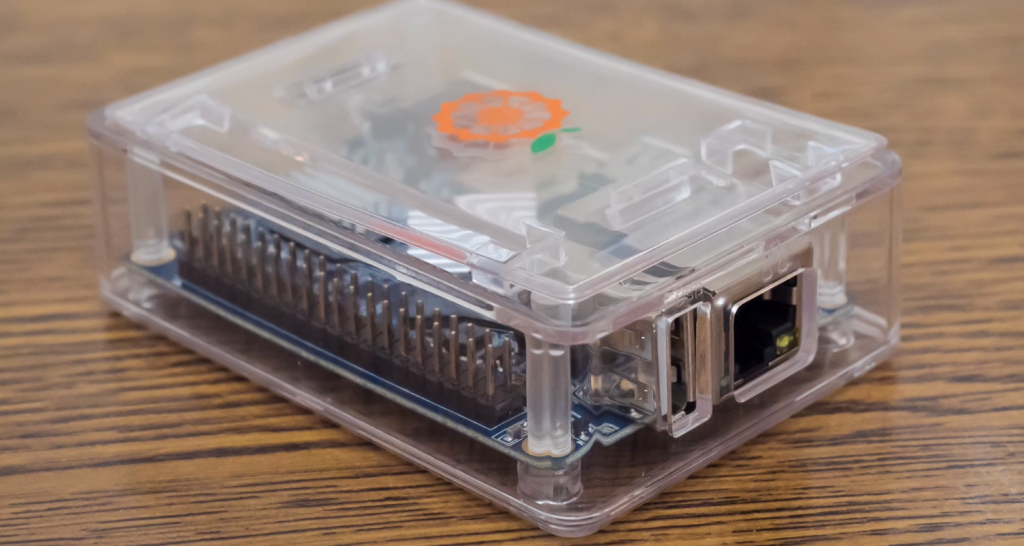
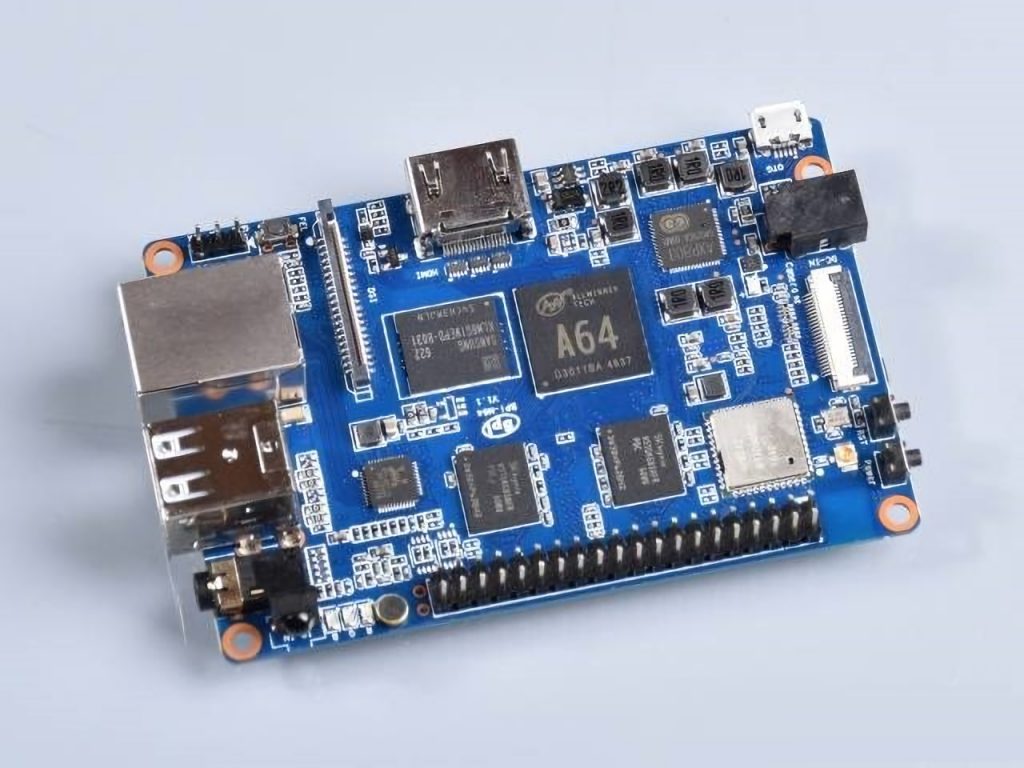
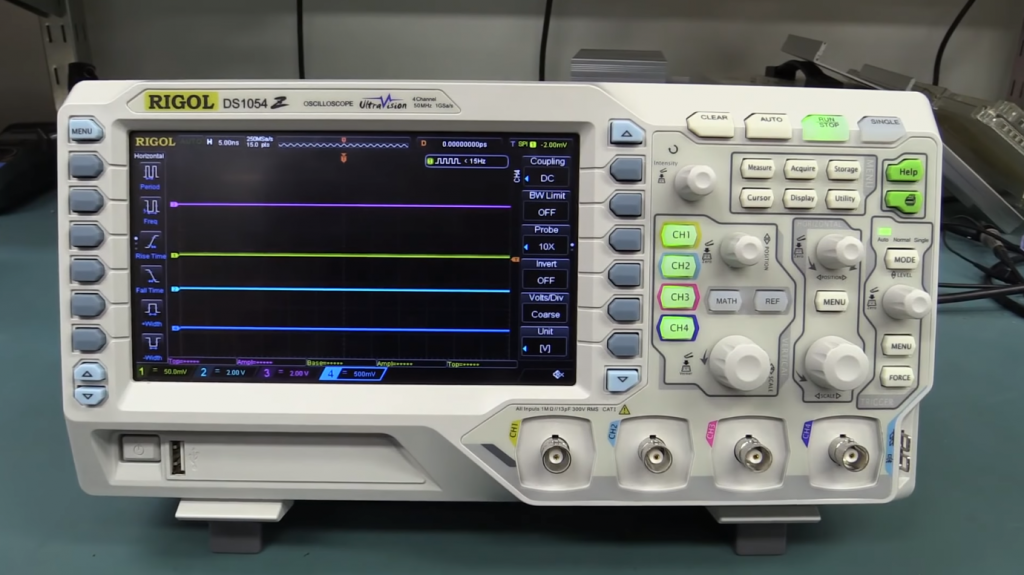
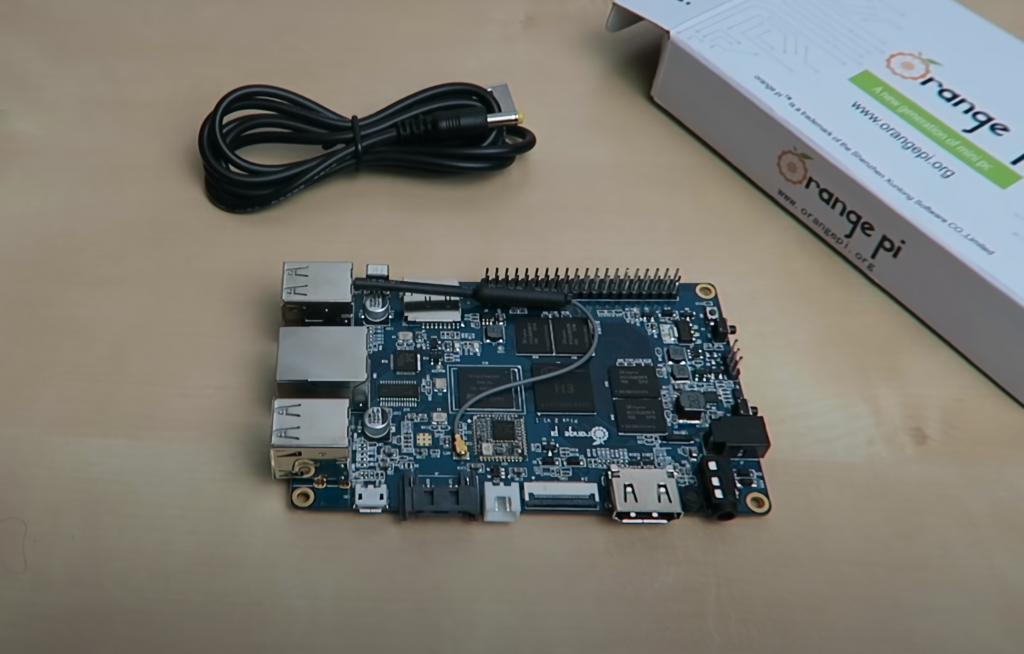
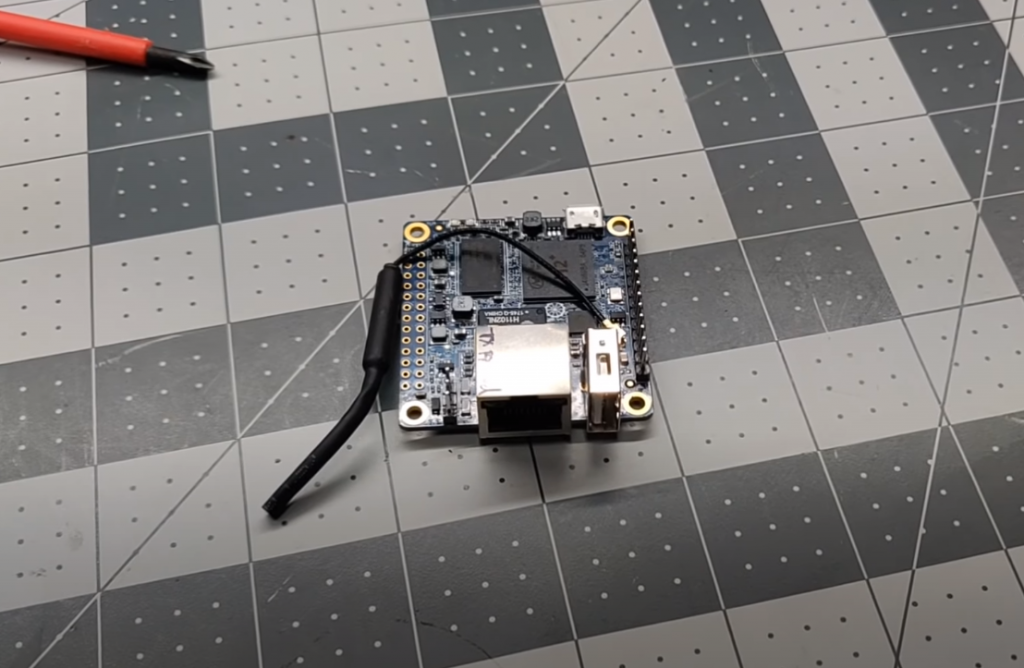
I’ve been a ham radio operator for over 20 years, and in that time I’ve used a lot of different oscilloscopes. When I was first starting out, I used a basic analog scope that my friend had loaned to me. It worked well enough, but it wasn’t until I got my hands on a digital scope that I really saw the potential of this hobby.
I recently had the chance to try out the Hantek DSO2D10, and I have to say that I was impressed. This scope has all the features you need for ham radio use, and it’s easy to use. The best part is that it’s affordable, so you don’t have to break the bank to get a good quality scope.
Thanks for sharing your experience, John!
Hi, I’m not new to electronics or using a scope although it has been years since, aside from tinkering around with the 8 channel Hanteck I got some years ago while I was still in Auto repair. The problem with that piece was it didn’t come with what I consider useful test leads and then I retired, not by choice, too early. Anyway, I’ve been shopping for a new to me scope to use on my bench and with my new hobby, Ham, I found a non functioning Tektronics TDS model that I think I can repair, either way if not it won’t cost me a bunch to try to fix it and parts are available reasonable. The case is in great shape and the circuitry seems to be functional from what the seller is telling me, it needs a new display. I’m also looking at an Embest DSO 2300 which is a new in used piece however I’m worried my OS will not be compatible with this unit. From what I have seen it appears Windows Vista is the latest it works with, there is the old program compatibility I might be able to get it working but if it’s like the last time I tried to do this, my PC isn’t cooperating yet. I have looked at another Hanteck 2 channel but being on retirement, it’s kind of hard for me to pull the trigger on a brand new piece for this price. Working with a new DSO is going to be relearning curve for me. I’m really rusted up. Any advice? I have a few days on the auction for that Tektronics unit and the Embed. I would like to have both if I can swing it and the Embed will work with my Windows 10 OS? I have dual PC screens which would make it really nice.
Hi Bret!
As I know, the Embest DSO 2300 only works with Windows 98/2000/XP, so you can’t use it with Windows 10. In my opinion, the Tektronics TDS is a great choice for you!